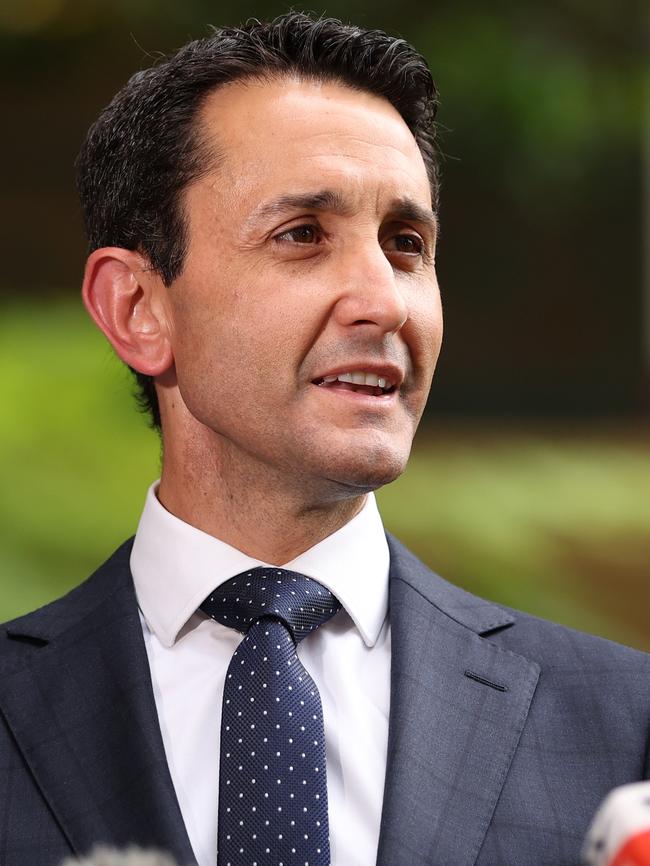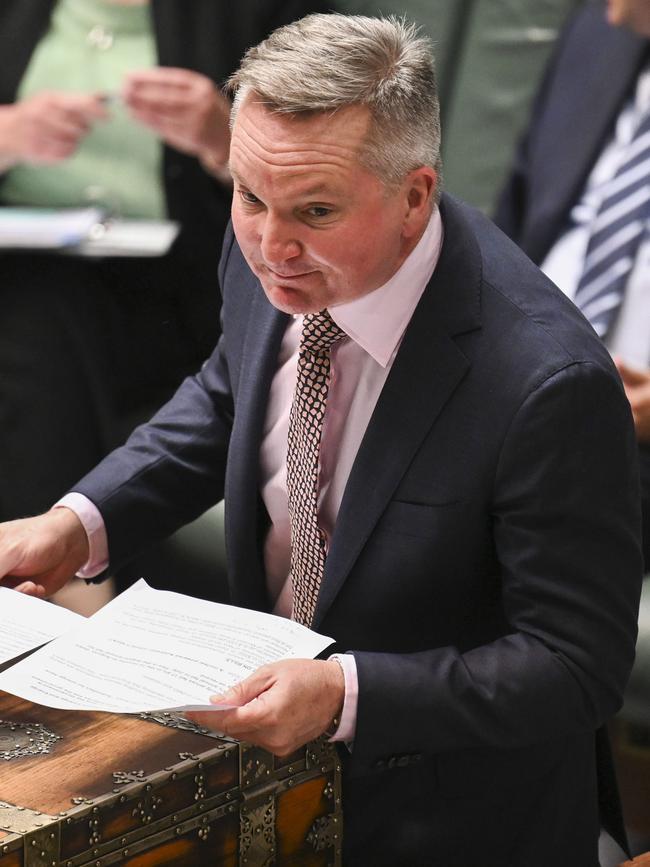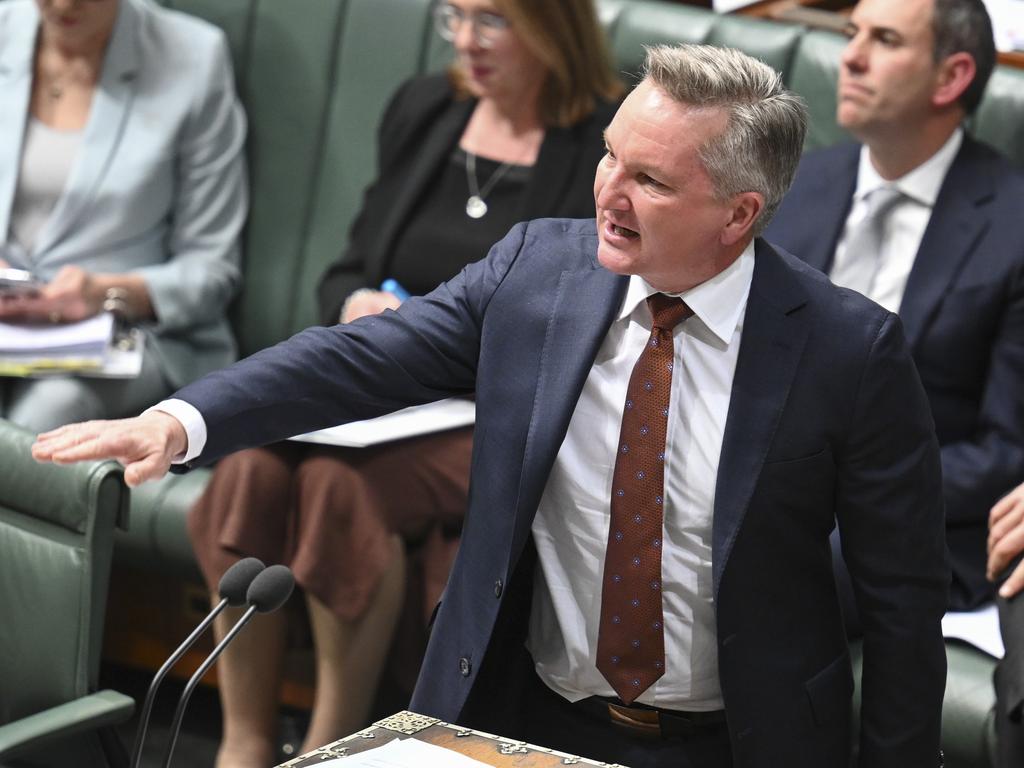
Broken Hill’s plight exposes the gap between the promise of renewable energy and what it actually delivers. AGL claimed its battery would ensure a reliable electricity supply to the town if the transmission lines went down. The combination of wind, solar and storage would allow Broken Hill to operate on a renewable microgrid until its connection to the outside world was restored.
Yet the battery wasn’t switched on until Friday. Diesel generators are being used to recharge it because the wind and solar generators are disconnected from the rest of the grid. Rooftop solar is affecting the grid’s stability. Essential Energy, which supplies power to Broken Hill, has asked customers to turn off their solar supply main switch to prevent the 40-year-old backup gas turbine generator from tripping.
Energy Minister Chris Bowen contends that renewable energy is the cheapest and most reliable source of carbon-free electricity. He acts on the assumption that wind and solar, supported by batteries, can substitute for coal.
Yet Broken Hill’s experience shows how crucial baseload generation is to the grid’s stability. Without it, balancing supply and demand becomes impossible.
Some $650m worth of renewable energy investment within a 25km radius of Broken Hill has proved to be dysfunctional. The technical challenges of operating a grid on renewable energy alone appear insurmountable using the current technology.
Broken Hill’s experience should serve as a cautionary tale for the incoming Liberal National Party government in Queensland as it assesses the energy policy mess left by Labor. Among the expensive proposals on the books is CopperString, a 100km high-voltage transmission line from Townsville to Mount Isa, crossing the remote and rugged terrain of North Queensland. Mount Isa operates on a micro-grid served by two gas-fired power stations with diesel generators used as a backup. Replacing locally generated power by linking Mount Isa to the National Energy Market is costly and introduces the risk of transmission failure.
+The latest estimate for CopperString, which would be funded entirely by the government, is $5bn, but the cost of building transmission lines is escalating dramatically.

David Crisafulli has every reason to put the project on hold while other options are considered. One solution could be micro modular reactors – self-contained, mass-produced nuclear power plants that are relatively easy to transport and install close to where the electricity is needed. This is the preferred option in Canada, where MMRs are seen as a breakthrough for remote indigenous communities and mining operations. Bowen’s claims about the cost of renewable energy were called into question last week when senior executives from the Australian Electricity Market Operator gave evidence under oath to a Senate select committee.
AEMO’s assertion that its blueprint for the transition to renewables was “the lowest-cost pathway” is misleading. AEMO chief executive Daniel Westerman told the committee its modelling only considered the wholesale cost of electricity. AEMO did not model network costs, transmission and distribution costs or retailer margins. “A home electricity bill will need to consider all of those factors,” he said.
Senator Matt Canavan asked: “You’re saying you cannot guarantee that the current government policy settings you model will deliver lower power prices?”
Westerman replied: “I can’t guarantee that. No.” He said AEMO “explicitly doesn’t consider other parts of the consumer energy bill”.
Westerman was asked if AEMO had costed other policy options before concluding that the cheapest path was renewable energy backed by storage and gas.
No, said Westerman. “It is the role of policymakers to identify alternatives and make those public policy decisions.
“If policymakers wanted to ask AEMO for advice, we would be pleased to provide it. But it’s not really our role to judge on whether it’s a good policy or not.”
Canavan asked: “So there’s no analysis of whether that’s a good idea or not?”
“No. Sorry. We don’t analyse that,” replied Merryn York, AEMO’s executive general manager for system design.

In summary, AEMO’s “least-cost pathway” turns out to be the wholesale cost of a transition to renewable energy on the accelerated timetable stipulated by the government. The destination of this plan is not cheaper electricity or cleaner energy. Instead, AEMO’s lowest-cost pathway aims to meet Labor’s political target of 82 per cent carbon-free electricity by 2030 and 100 per cent renewable power by 2050, using mostly wind, solar and some gas. AEMO’s model excludes any consideration of nuclear energy.
It’s alarming that AEMO has not even attempted to model the retail cost of electricity. AEMO’s Integrated Systems Plan is the blueprint for the government’s energy transition. It sets the deadline for phasing out coal generation by 2038, a fourfold increase in rooftop solar, a sixfold increase in grid-scale wind and solar, and a 13-fold increase in battery storage.
Yet AEMO doesn’t consider it part of its brief to estimate how much this will cost. Nor does AEMO attempt to vouch for the technical feasibility of its plan. Engineering, like economic modelling, is not part of its job.
Nick Cater is a senior fellow at the Menzies Research Centre.





The Silverton Wind Farm and Broken Hill Solar plant were supposed to produce enough electricity to power 117,000 homes. They’re supported by AGL’s 50MWh battery facility at Pinnacles Place, one of the largest in Australia. Yet Broken Hill, population 19,000, has been in a semi-permanent state of blackout since a storm brought down the transmission line connecting the town to the east coast grid.